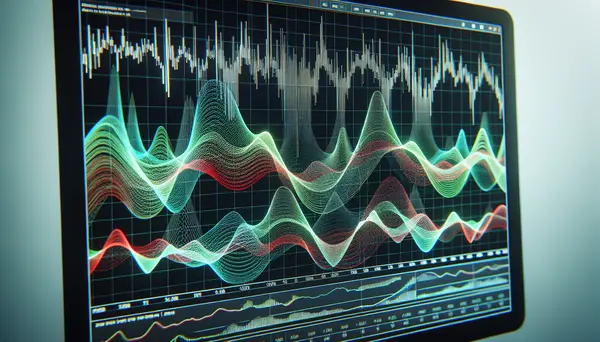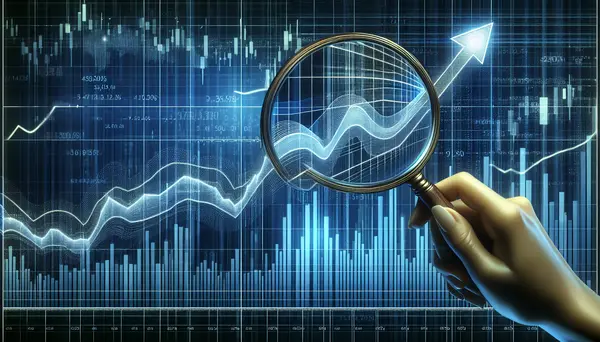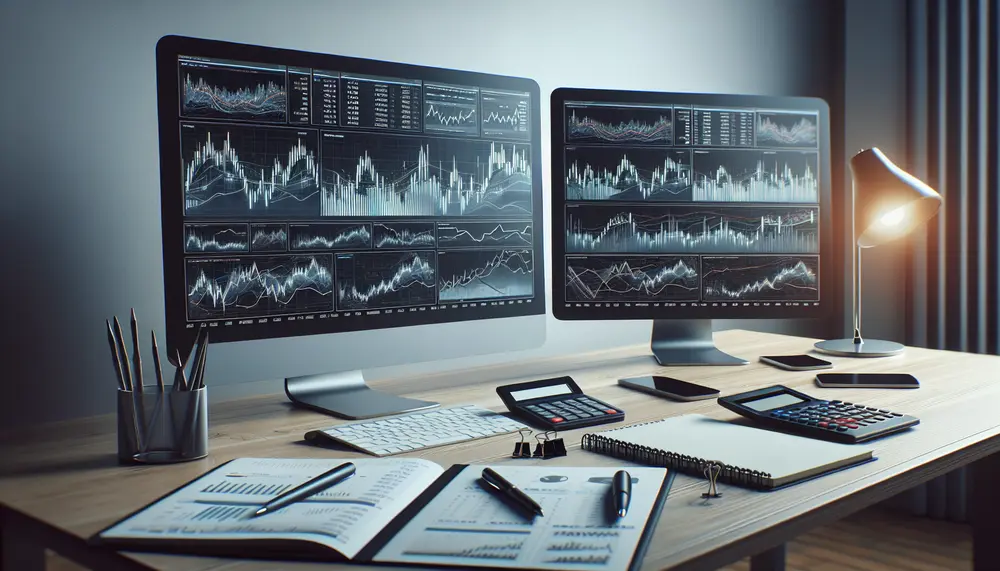Simple Moving Average
Simple Moving Average
Trading, a world full of exhilarating opportunities, is laden with unique terminologies. For a new trader, these terms can seem a bit overwhelming. But don't worry, our aim here is to simplify it for you. Today, we are discussing one such significant term - Simple Moving Average (SMA).
What is Simple Moving Average?
In its most basic form, a Simple Moving Average is a method used to smooth out price data by creating a constantly updated average price. It's one of the types of moving averages used in technical analysis. SMA is considered simple because it gives equal weightage to all data points.
How is Simple Moving Average calculated?
The Simple Moving Average is calculated by adding the prices for a certain number of periods, and then dividing by the total number of periods. For example, if you were looking at a 5-day SMA, you would add up the closing prices from the past 5 days, and then divide by 5.
Why use Simple Moving Average in Trading?
The Simple Moving Average is often utilized in trading to identify trends. The direction of the SMA line (upward, downward, or sideways) is often used to determine the trend. A rising SMA line suggests an upward trend, while a falling line suggests a downward trend.
Limitations of Simple Moving Average
Like all indicators, the Simple Moving Average is not perfect. Because it gives equal weightage to all data points, it may be more responsive to older price information than the more recent. However, despite the limitations, SMAs are quite helpful when used properly and are most effective in trending markets without a lot of price volatility.
To sum up, the Simple Moving Average is a vital tool in any trader's arsenal, unveiling trends and smoothing out market volatility. Its simplicity and ease of interpretation make it a favorite among novice and experienced traders alike.
Blog Posts with the term: Simple Moving Average

This article serves as a guide to understanding and using moving averages in cryptocurrency trading. Moving averages help simplify price data and provide insights into market trends, making them a valuable tool for making informed investment decisions. However, it is...

Bollinger Bands Trading is a technical analysis strategy created by John Bollinger in the '80s that helps traders understand market volatility and capture profits. The strategy involves using three lines - a simple moving average and two standard deviation lines...

Cryptocurrency trading involves speculating on price movements of digital currencies that exist encrypted online and can be traded via exchanges or through Contracts for Difference (CFDs). It's important to choose the right exchange, set up a secure account, manage your...

Crypto trading algorithms are automated software systems that make decisions about buying and selling cryptocurrencies based on set trading rules. They offer benefits such as efficient execution of trades, 24/7 monitoring of market trends, and the ability to backtest strategies....

Cryptocurrency trading can be overwhelming for beginners due to market volatility, but understanding technical indicators can make the process less confusing. Technical indicators are statistical tools that help traders interpret and predict price movement trends in financial markets, categorized into...

Crypto market analysis involves both qualitative and quantitative methods to assess cryptocurrency markets, focusing on supply-demand dynamics influenced by external factors like economic events and technological advancements. Advanced tools such as candlestick charts, moving averages, and RSI are crucial for...

Crypto market technical analysis involves examining historical price data to predict future movements, using patterns and trends like head and shoulders or double tops for strategic trading decisions. Key tools include indicators such as SMA, MACD, RSI, and Bollinger Bands;...

The EMA trading strategy in crypto uses the Exponential Moving Average to capitalize on quick price movements by identifying potential trend reversals, with EMAs acting as dynamic support and resistance levels. Traders choose different EMA time spans based on their...

Market analysis in cryptocurrency trading is crucial for making informed decisions and involves two main approaches: technical analysis, which examines past price data to identify trends using tools like candlestick charts and MACD, and fundamental analysis, which assesses external factors...

Bitcoin trading charts are crucial for interpreting market data and making informed decisions, displaying price movements over time with various forms such as line, bar (OHLC), and candlestick charts. These charts help traders identify trends using different time frames, price...

One Trading, the rebranded Bitpanda Pro, offers a comprehensive trading platform with enhanced user experience and functionality for traders of all levels. It features advanced tools like high-frequency trading support, real-time analytics, educational resources, robust security measures, and an inclusive...

